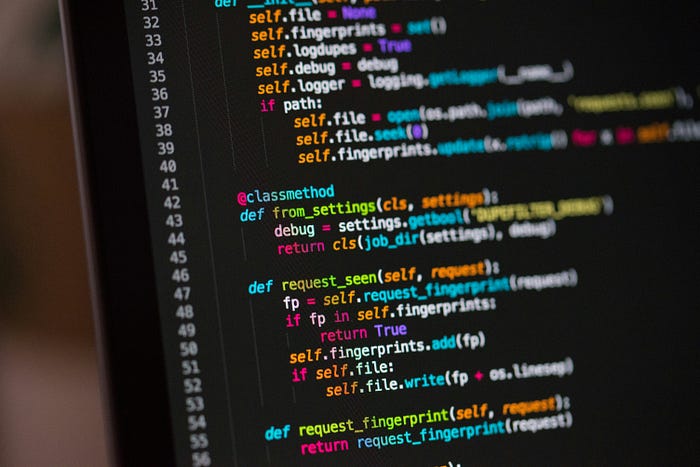Understanding the Buffer Protocol in Python for Efficient Data Access
Written on
Chapter 1: Introduction to the Buffer Protocol
The buffer protocol in Python facilitates access to the internal data of objects. This lower-level interface permits an object to reveal its data in a raw, byte-oriented format, which is especially beneficial when sharing or storing data efficiently without duplication. This is crucial for tasks like hardware interaction, file I/O, and when utilizing libraries that necessitate direct memory access.

Section 1.1: Utilizing Memoryview with the Buffer Protocol
A prevalent method for engaging with the buffer protocol is through the memoryview object. This object allows Python to access an object's internal data that supports the buffer protocol without the need for copying. Below is an example demonstrating how to manipulate a bytearray using memoryview:
# Create a bytearray
data = bytearray(b"hello world")
# Create a memoryview on the bytearray
view = memoryview(data)
# Update the first five bytes using the memoryview
view[0:5] = b"HELLO"
# The original data is updated
print(data) # Output: bytearray(b'HELLO world')
In this illustration:
- We initialize a bytearray named data containing the bytes of "hello world".
- A memoryview object, view, is created to reference data.
- The slice view[0:5] is modified to b"HELLO". Because the memoryview directly references the original bytes, this change is reflected in data as well.
This example exemplifies how the buffer protocol enables efficient data manipulation without the necessity for data copying, leading to more memory-efficient and quicker code execution. The buffer protocol serves as a foundational element in Python, supporting many of the language's high-performance data manipulation functionalities.
Chapter 2: Practical Applications and Video Resources
To deepen your understanding of the buffer protocol, here are some valuable video resources:
The first video, "Python 3.12 highlights pt. 2: Direct memory access with the buffer protocol," offers insights into the latest features related to memory access in Python 3.12.
The second video, "Python standard library: Memoryview," provides a comprehensive overview of the memoryview object and its applications.